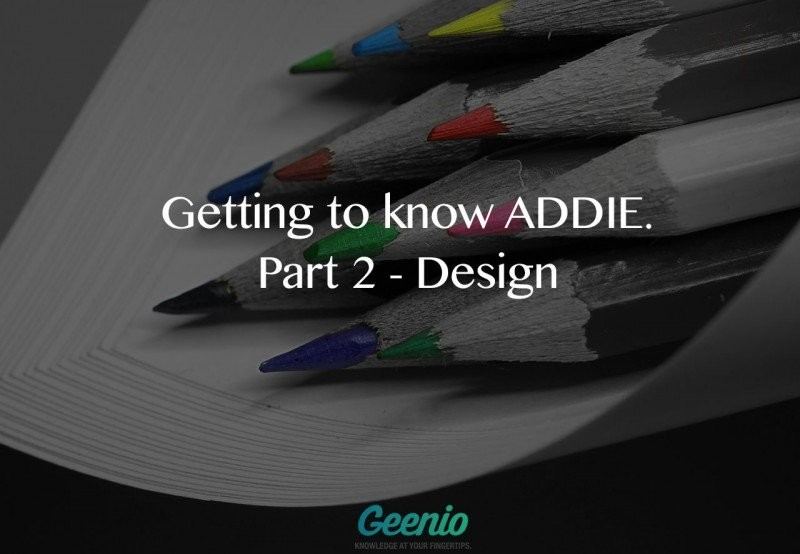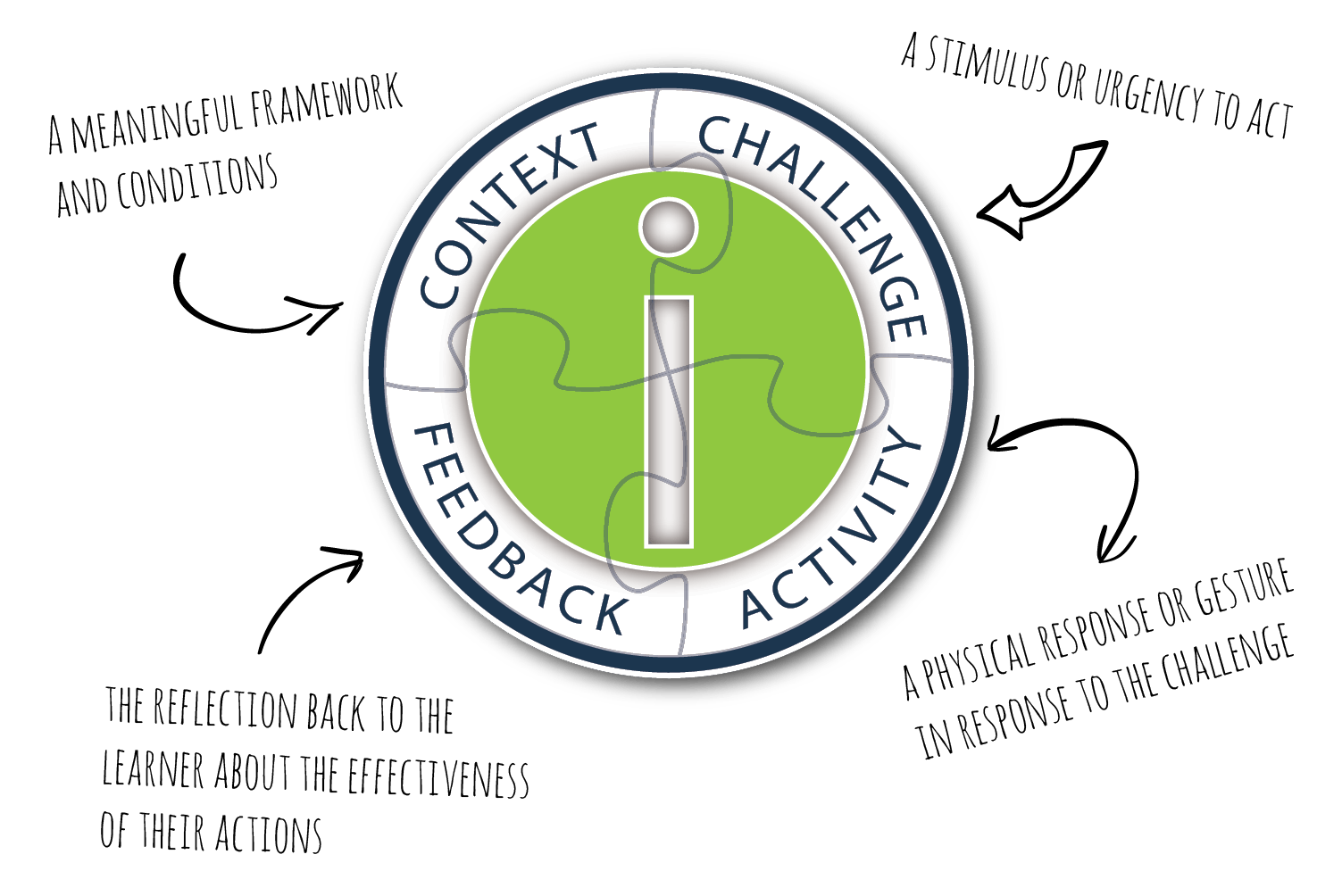September 19, 2015
The Impact Of Situated Cognition In eLearning
Gathering knowledge is one thing, but being able to apply it in the real world is another. The primary objective of any eLearning course is to give learners the skills and information they need to achieve personal and professional goals. This is why situated cognition is a perfect fit in eLearning strategies. In this article, I will discuss the impact situated cognition has upon online education.
by Christopher Pappas











